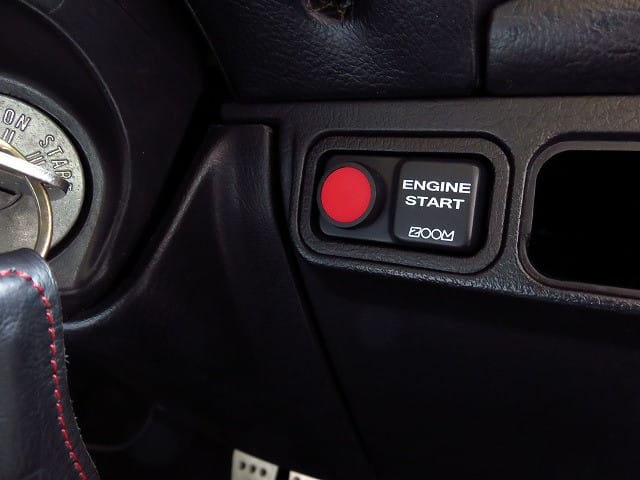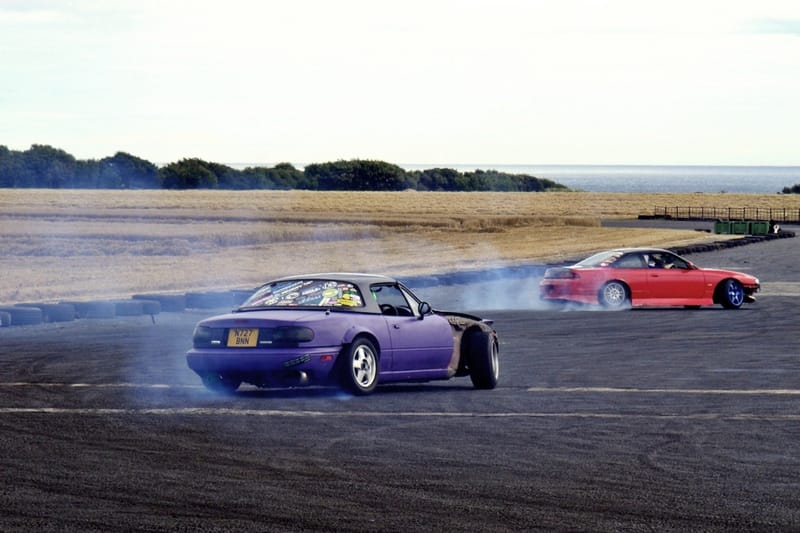Inside Miata Garage Micro-Brands: How Small Shops Win
Founder-led teams (1–10 people) build MX-5-specific parts, validate on track and in forums, and refine from real fitment feedback. Focused catalogs, clear install guides, and deep NA–ND expertise make their parts feel inevitable—not just compatible—and keep support going long after the sale.

In the Miata world, a micro-brand is typically a small, founder-led outfit of one to ten people that designs or curates MX-5–specific parts and sells directly to owners. These companies live inside the community they serve. They validate ideas on track days and in forum threads, refine products from real fitment feedback, and publish clear install guidance long after the sale. Their catalogs are focused rather than sprawling, and their reputations are built on platform obsession, knowing NA through ND quirks so well that their parts feel inevitable rather than merely compatible.
at a Glance…
Successful micro-brands begin with a single hero product that solves a pain bigger companies overlook. This might be a wheel with the exact Miata-friendly width, offset, and strength for sticky tires, or a set of gauge faces that dramatically improve aesthetics and legibility without breaking OEM functionality. They then prove the claim where owners actually listen: in build threads, Facebook groups, Discords, and paddocks. Clear data, fitment photos, and transparent installs do the heavy lifting. Growth happens by expanding cautiously around that first win, adding sizes, finishes, generation variants, and complementary hardware, while keeping support personal, technical, and fast. The best of them remain durable and compliant, steering away from categories that can be crippled by regulatory shifts, and toward bolt-ons that are easy to stand behind for years.
949 Racing / Supermiata
The Miata community long lacked an affordable, strong, 15-inch wheel with the right offset and brake clearance for track use. 949 Racing engineered the 6UL specifically around Miata constraints, then validated it by racing relentlessly and inviting feedback from early adopters. The lesson is simple but powerful: engineer to the platform’s real geometry and load paths, not to generic catalog sizes, and let competition become both R&D and marketing. By iterating sizes and offsets in response to community needs, they turned a single, well-engineered part into a trusted ecosystem.

Revlimiter
Owners wanted gauge faces that transformed cabins without compromising factory behavior. Revlimiter leaned into precise materials and printing, careful icon alignment, and needle indexing that preserves accurate readings even with alternate zero positions. Detailed install notes and long-term support made the purchase feel safe for DIY owners. Collaborations with other respected shops expanded reach while reinforcing credibility. The takeaway is that boutique design only wins when it travels with meticulous engineering and documentation.
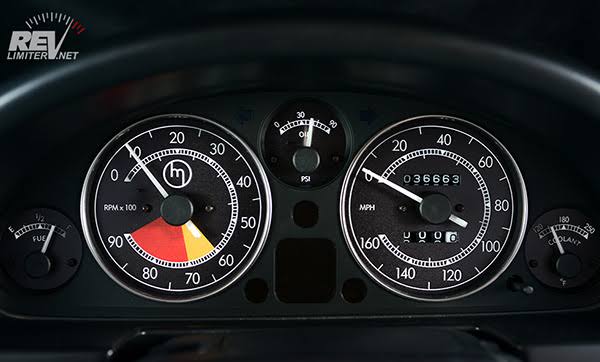
Good-Win Racing
Good-Win Racing built authority by curating parts they actually install and track. Their product advice reads like hard-won notes rather than marketing copy, and their catalog is organized around real use cases, street, autocross, and track, so buyers can map goals to parts without guesswork. When the same people who create content are also sweating over alignment racks and brake pads on weekends, trust compounds with every post and every lap.
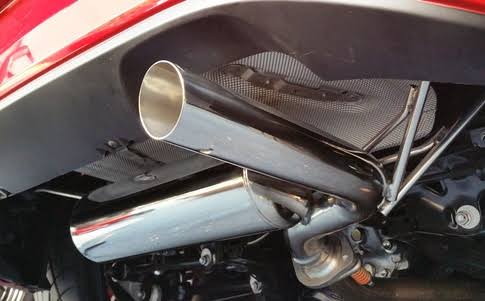
Paco Motorsports
The first time an NA or NB driver experiences reduced cowl shake, the value of intelligent bracing becomes obvious. Paco Motorsports focused on bolt-on reinforcement that owners can install at home, supporting the hardware with clear PDFs and videos that demystify load paths and torque specs. By showing both why the chassis needs help and how to provide it, they turned intangible theory into confidence-inspiring results, lowering support burden while elevating satisfaction.
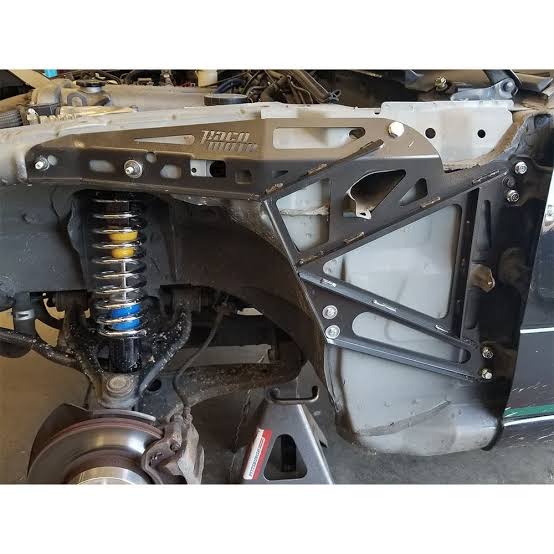
Flyin’ Miata
Flyin’ Miata has long been a pillar of Miata tuning, but the brand’s decision to exit V-8 swap kits in favor of emissions-compliant, supportable product lines underlines a key micro-brand truth: some categories carry existential regulatory risk. Communicating a principled pivot preserves goodwill. It also frees resources to double down on parts that scale, ship reliably, and stay legal across markets.

How Micro-Brands Find Unfair Advantages
Micro-brands win by committing to the Miata platform so deeply that patterns generalists miss become obvious. They internalize the offsets that protect bearings, the steering-lock clearances that prevent rub, and the alignment windows that unlock tire performance without compromising geometry. They also run “proof loops” inside the community, using forums and groups as rapid-feedback channels for new colorways, offsets, and batch timing. Collaborations create reputational bridges into adjacent audiences, and education becomes marketing: fitment matrices, install guides, and quick technical explainers reduce buyer anxiety and returns while signaling competence.
Product Strategy Patterns That Work
The clearest pattern is hero to ecosystem. Start with the definitive part, then expand outward to sizes, finishes, and NA–ND variants. Support this with data-backed fitment that specifies offsets, tire widths, ride heights, and alignment targets to avoid rubbing and premature wear. Treat documentation as part of the product by providing torque specs, troubleshooting notes, and long-term updates. Finally, manage risk by avoiding categories that a single policy change could erase, and concentrate on parts you can test, verify, and support for years.
Show up where Miata owners already trade notes. Build threads are ideal for long-form development and updates; Reddit and Facebook groups are perfect for launches, waitlist management, and quick polls; local track days are where you shake hands, check installs, and gather photos. The most effective content is measured and repeatable: before-and-after photos with weights and alignment sheets, steering-angle and ride-height measurements, and a short explainer on why a brace or wheel spec changes load paths. Launches work best in small, time-bound preorders that validate demand. Transparency about ETAs and batch windows builds patience and reduces chargebacks, especially when updates arrive on a reliable cadence.
How Tiny Teams Ship Reliably
Lean operations rely on batch manufacturing and restrained colorways to control inventory risk. Lead times should be posted where customers congregate and mirrored on product pages so expectations stay aligned. Documentation doubles as self-serve support, shrinking tickets while improving outcomes. Distribution can remain direct-to-consumer for limited runs while selected SKUs are wholesaled through larger retailers to expand reach without ballooning headcount.
Building a Product that Copycats Can’t Buy
In small communities, founder presence is a moat. When a brand’s voice is consistently helpful, in comments, threads, and paddocks, customers feel like they know who is behind the part. Proprietary specs tailored to Miata geometry deepen that moat by solving platform problems precisely rather than approximately. Limited collaboration SKUs add a layer of collectibility that strengthens brand gravity and invites word of mouth.
Small Shop Risks… How Winners Avoid It
Regulatory risk is the first red flag. Powertrain swaps and emissions-sensitive kits can vanish overnight; durable brands prioritize parts that pass visual and tailpipe checks where necessary. Quality control and liability follow close behind. Structural components require clear metallurgy notes, unmissable torque specs, and explicit warnings. Finally, supply-chain risk is real for castings and forgings. Realistic preorder windows and proactive communication in the same threads where you sell will buy you time and preserve trust when schedules slip.


